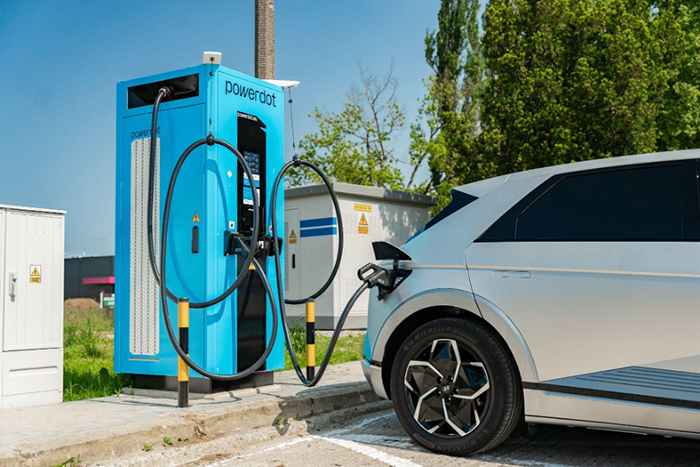How Electric Vehicles Are Shaping the Future of Transportation

Electric vehicles (EVs) are no longer a futuristic concept—they’re here, they’re charged up, and they’re revolutionizing the way we move. From zippy city cars to heavy-duty electric trucks, the EV landscape is expanding rapidly. But what’s the buzz all about?
Let’s plug in and explore how EVs are reshaping our roads, charging stations, and even our environmental consciousness.
Environmental Consciousness
One of the biggest changes brought about by the EV boom is the increased environmental consciousness among consumers. We’re all becoming more aware of our carbon footprint, and EVs offer a cleaner alternative to traditional gas-guzzlers. But just how much cleaner are they?
- Zero tailpipe emissions.
- Still a lower carbon footprint despite accounting for electricity production.
- As renewable energy sources grow, the environmental benefits of EVs will increase.
Technological Advancements
Gone are the days when EVs could barely make it across town without needing a charge. Advances in battery technology have dramatically increased the range of electric vehicles. And it’s not just about distance–charging times are getting shorter too.
Speaking of charging, have you heard about the latest electric truck charger innovations? These high-powered chargers can juice up a big rig in just a few minutes. It’s game-changing stuff for the trucking industry.
Economic Impacts
Now, let’s talk money. As EV adoption grows, they’re becoming more affordable, ensuring long-term savings for consumers. But the economic impact goes beyond just our wallets:
- Job creation in the EV industry
- Reduced dependence on oil imports
- New business opportunities in charging infrastructure and related services
Changing Urban Landscapes
EVs are changing where we drive, too. How? Urban planners are already thinking about how to design cities around EVs, which means:
- More charging stations in public spaces
- Dedicated EV lanes
- Car-sharing programs featuring electric vehicles
Overcoming Obstacles
While EVs are promising, there are still some hurdles to overcome:
- Charging infrastructure: We need more charging stations to support widespread EV adoption.
- Battery production: Sourcing materials for batteries in an environmentally friendly way is crucial.
- Grid capacity: Can our power grids handle millions of EVs plugging in?
The Road Ahead
So, what’s next for electric vehicles? The future looks bright, with exciting developments on the horizon:
- Solid-state batteries promising even longer ranges
- Self-driving electric vehicles
- Vehicle-to-grid technology that allows EVs to support the power grid
Conclusion
As we’ve seen, electric vehicles are reshaping the future of transportation. From reducing emissions to transforming our cities, the impact of EVs will be felt far and wide.
What do you think about the changes EVs bring? Are they inspiring you to make the switch to electric? Whether you’re excited or skeptical, one thing’s for sure – the world of transportation is changing, and electric vehicles are leading the way.

